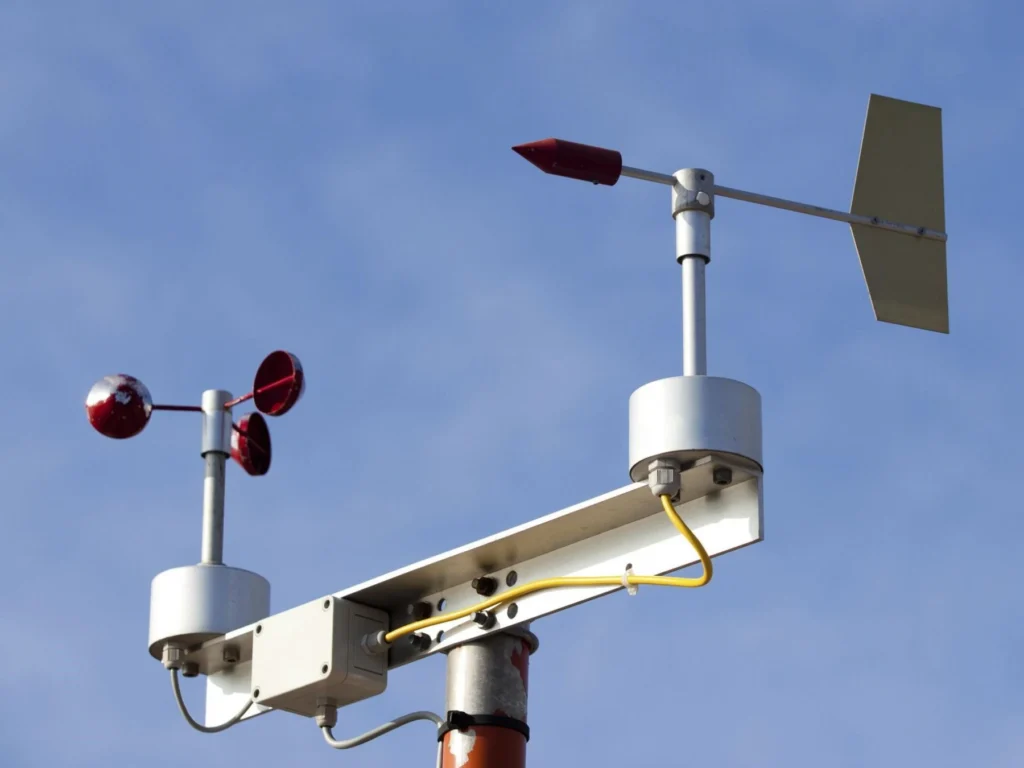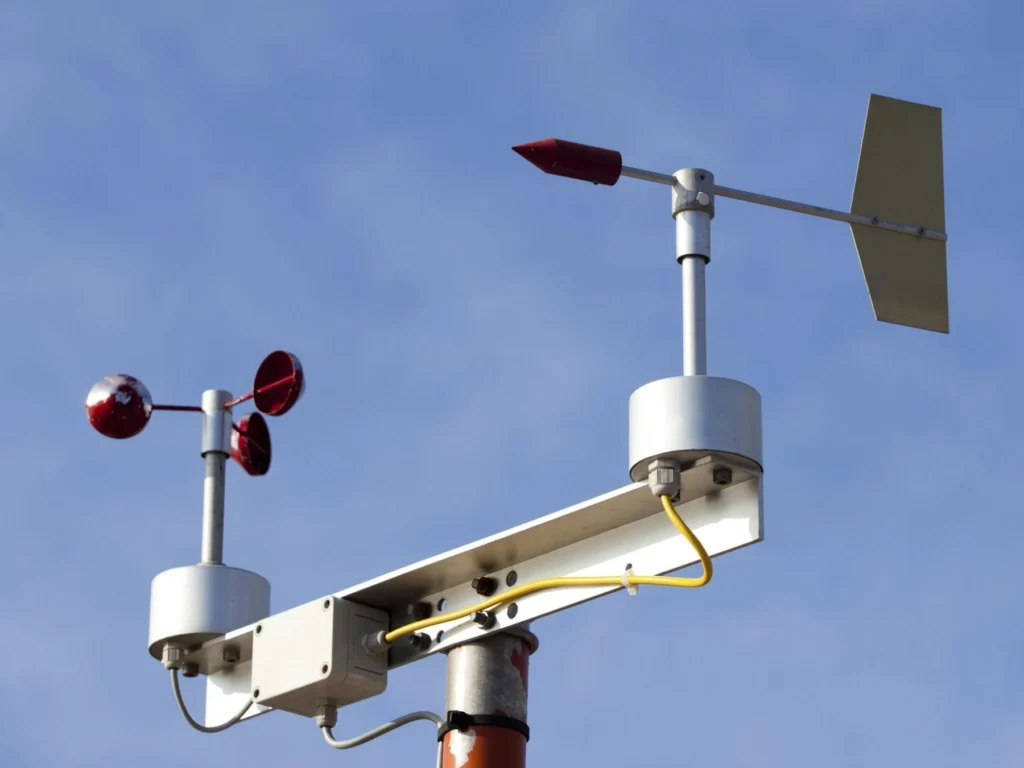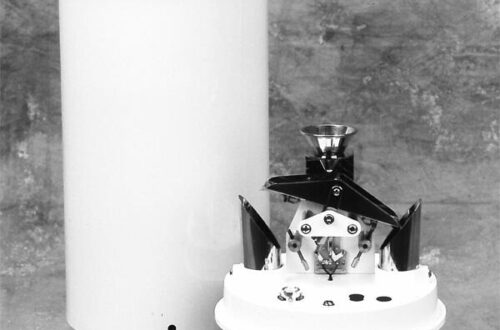
Wind Measuring Instrument: A Comprehensive Guide to Anemometers and Their Applications

# Wind Measuring Instrument: A Comprehensive Guide to Anemometers and Their Applications
Wind measuring instruments, commonly known as anemometers, are essential tools for accurately measuring wind speed and direction. These devices are widely used in various fields, including meteorology, aviation, marine navigation, and environmental monitoring. This guide will explore the different types of anemometers, their working principles, and their applications.
## Types of Anemometers
There are several types of anemometers, each designed for specific applications and environments. The most common types include:
### 1. Cup Anemometers
Cup anemometers are the most traditional and widely used type. They consist of three or four cups mounted on horizontal arms, which rotate when exposed to wind. The rotation speed is proportional to the wind speed, and this data is then converted into a readable measurement.
### 2. Vane Anemometers
Vane anemometers, also known as windmill anemometers, feature a propeller or a set of blades that rotate in response to wind. These devices are often used in combination with a wind vane to measure both wind speed and direction simultaneously.
### 3. Hot-Wire Anemometers
Hot-wire anemometers use a thin wire heated to a constant temperature. As wind passes over the wire, it cools down, and the change in temperature is used to calculate the wind speed. These anemometers are highly sensitive and are often used in laboratory settings.
### 4. Ultrasonic Anemometers
Ultrasonic anemometers measure wind speed and direction using ultrasonic sound waves. They consist of multiple pairs of transducers that send and receive sound signals. The time it takes for the sound to travel between the transducers is used to determine wind speed and direction. These devices are highly accurate and are often used in meteorological research.
## Applications of Anemometers
Anemometers have a wide range of applications across various industries. Some of the most common uses include:
### 1. Weather Forecasting
Meteorologists rely on anemometers to gather accurate wind speed and direction data, which is crucial for weather forecasting. This information helps predict storms, hurricanes, and other weather phenomena.
### 2. Aviation
In aviation, anemometers are used to measure wind conditions at airports and along flight paths. This data is essential for ensuring the safety of aircraft during takeoff, landing, and in-flight navigation.
### 3. Marine Navigation
Marine vessels use anemometers to monitor wind conditions at sea. This information is vital for navigation, especially in adverse weather conditions, and helps in optimizing sailing routes.
### 4. Environmental Monitoring
Anemometers are used in environmental monitoring to assess wind patterns and their impact on air quality, pollution dispersion, and renewable energy projects such as wind farms.
## Choosing the Right Anemometer
When selecting an anemometer, it’s important to consider the specific requirements of your application. Factors to consider include the range of wind speeds you need to measure, the environment in which the device will be used, and the level of accuracy required. Additionally, consider whether you need a portable device or a fixed installation.
## Conclusion
Anemometers are indispensable tools for measuring wind speed and direction, with applications spanning meteorology, aviation, marine navigation, and environmental monitoring. By understanding the different types of anemometers and their uses, you can choose the right instrument for your needs and ensure accurate and reliable wind measurements.
Whether you’re a meteorologist, pilot, sailor, or environmental scientist, having the right wind measuring instrument can make all the difference in your work. Invest in a high-quality anemometer to ensure you get the most accurate and reliable data possible.
Keyword: wind measuring instrument




